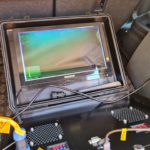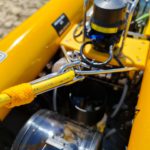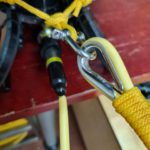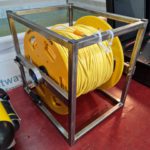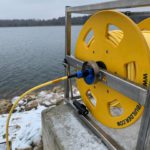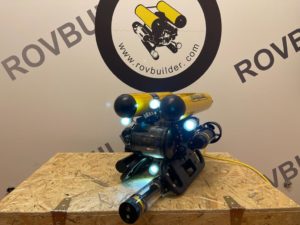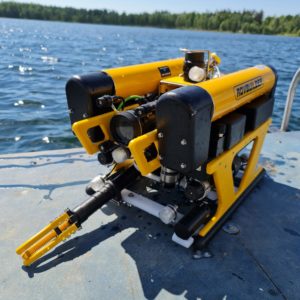Inspection of underwater technical objects (ships, oil and gas wells, dams, hydroelectric power plants) using professional underwater robots from the ROVBUILDER company will give confidence in their performance.
Could this give you a Chinese drone?
Let’s figure it out.
Most of China’s low-cost underwater drones are made for hobbyists. The minimum of problems during use – you put it into the water from a yacht or boat, took pictures of the fish, everything works on batteries – great. For such use, we will recommend Chinese drones to you.
ROVBUILDER makes ROV exclusively for professional use.
So, what’s the difference?
- The power supply of the underwater robot.
Chinese drones use rechargeable batteries. Underwater ROV “ROVBUILDER” is powered by 220V AC. For battery lovers, of course, a Chinese robot is more convenient. And for professionals?
- As a rule, everywhere and always the water is cold – therefore the battery life is reduced by up to two times due to the cold water.
- Inspections usually take a lot of time – in case your ROV is powered by an electrical source, you do not have to stop your work to lift the robot out of the water and replace the battery.
- In case of work in technogenic conditions, it often happens that the robot cable gets tangled or clings to underwater objects. There may be different cases: its cable is wrapped in a chain or snag, caught on the ship’s hull, etc. An experienced pilot can almost always unravel the ROV cable, but what if you have a battery in your robot and it runs out? It is good if there is a diver nearby – he will dive and save your robot, if not deep there.
- Work on complex objects. The most difficult thing for a pilot in sea conditions is to get to the desired point. We will not talk about additional USBL navigation modules or sonars yet – it’s hard without them. Now let’s imagine that the pilot from the ship goes to the point, the visibility is poor, the current is strong, but he finds the required object and starts the survey. And then the battery ran out.
Chinese manufacturers have already realized the limitations of battery life as well. And they have already begun to offer additional power supplies from the network for their advanced robot models.
But this is an additional option and costs extra money. And if you count everything, then the price becomes not interesting for this class of underwater vehicles.
- Cable for the underwater robot.
“ROVBUILDER” in its models uses a cable of at least 8 mm thick, with a breaking force of 220 kg and more. Cable neutral buoyancy or close to it. Thick PU outer shell.
In the everyday operation of the robot, your cable is the weakest point – and it seems that the underwater robot is still fully functional, but the cable is already worn out. What happens to a thin 2mm thick Chinese cable?

